In today’s interconnected and digitized business environment, cybersecurity has emerged as a cornerstone of organizational resilience. The rapid evolution of technology has brought remarkable opportunities for businesses, but it has also opened doors to increasingly sophisticated cyber threats. Whether you are a small business owner or the CEO of a multinational corporation, understanding and addressing cybersecurity risks is essential to safeguarding your assets, maintaining customer trust, and ensuring long-term success.
The year 2025 presents unique challenges and opportunities in the cybersecurity landscape. Advanced threats, such as AI-driven attacks and ransomware-as-a-service, demand proactive measures and a comprehensive understanding of security basics. This guide outlines the critical components of a robust cybersecurity strategy tailored to the demands of modern business. By implementing these principles, you can build a strong defense against cyber risks and ensure your business thrives in a secure environment.
1. Understand the Evolving Threat Landscape
The first step in protecting your business is understanding the types of threats you face. Cybercriminals are constantly refining their tactics, making it crucial for business owners to stay informed. Common threats include:
- Ransomware: This type of malware encrypts your data and demands a ransom payment for its release. Modern ransomware attacks often come with “double extortion,” where attackers threaten to release stolen data if their demands aren’t met.
- Phishing: These attacks trick individuals into divulging sensitive information, such as login credentials or financial details, through fake emails, messages, or websites. Personalized phishing, or “spear phishing,” targets specific individuals within your organization.
- Supply Chain Attacks: Cybercriminals target weaker links in your supply chain, such as vendors or contractors, to gain access to your systems.
- Zero-Day Exploits: These involve exploiting software vulnerabilities that developers have not yet patched, leaving your systems exposed.
Stay ahead by regularly reviewing threat intelligence reports, participating in cybersecurity forums, and consulting with experts to understand new and emerging risks.
2. Implement Multi-Factor Authentication (MFA)
Passwords are often the weakest link in cybersecurity. Multi-factor authentication (MFA) strengthens security by requiring users to verify their identity using two or more factors, such as:
- Knowledge Factors: Something the user knows, such as a password or PIN.
- Possession Factors: Something the user has, such as a smartphone app or a physical token.
- Inherence Factors: Something the user is, such as a fingerprint or facial recognition.
Modern MFA solutions are user-friendly and integrate seamlessly with various business applications. Implement MFA across all critical systems, including email, customer databases, and financial platforms, to minimize unauthorized access.
3. Regularly Update and Patch Systems
Outdated software is a prime target for cybercriminals. Software updates and patches address vulnerabilities and enhance system security. To ensure your systems remain secure:
- Automate Updates: Configure automatic updates for operating systems, applications, and firmware where possible.
- Patch Management: Establish a structured patch management process to prioritize critical updates.
- Inventory Management: Maintain a detailed inventory of all software and devices to ensure nothing is overlooked.
Neglecting updates can lead to devastating breaches, so make system maintenance a top priority.
4. Educate Employees on Cybersecurity
Human error is a leading cause of cybersecurity breaches. Training your employees to recognize and respond to potential threats is a crucial defense mechanism. Effective training programs should include:
- Phishing Simulations: Test employees’ ability to spot fake emails and links.
- Secure Practices: Teach staff to use strong, unique passwords and avoid sharing sensitive information.
- Incident Reporting: Encourage a culture where employees feel comfortable reporting suspicious activity without fear of blame.
Regular training sessions and updates on emerging threats will empower your workforce to act as a frontline defense against cyberattacks.
5. Secure Your Supply Chain
Your business is only as secure as its weakest link. Work closely with suppliers, contractors, and other partners to strengthen supply chain security by:
- Auditing Vendors: Assess the cybersecurity practices of all third parties with access to your systems.
- Contracts and Policies: Include cybersecurity clauses in agreements to hold vendors accountable.
- Access Controls: Limit the amount of data and systems third parties can access.
By implementing robust cybersecurity in the supply chain and fostering a culture of shared responsibility, you can reduce risks across your business.
6. Utilize Endpoint Detection and Response (EDR)
Endpoints—devices such as laptops, smartphones, and servers—are common entry points for cyber threats. Endpoint Detection and Response (EDR) solutions offer advanced protection by:
- Monitoring Activity: Tracking endpoint behavior to detect anomalies in real time.
- Automating Responses: Isolating infected devices to prevent the spread of malware.
- Providing Insights: Offering detailed forensic data to aid in threat analysis and resolution.
Choose an EDR solution that aligns with your business size and infrastructure to enhance endpoint security.
7. Encrypt Sensitive Data
Data encryption converts information into unreadable formats, making it accessible only to those with the proper decryption keys. Encryption is essential for:
- Data at Rest: Protect files stored on devices, servers, or cloud platforms.
- Data in Transit: Secure information transmitted over networks, such as emails or file transfers.
- Backups: Ensure that your backup data remains confidential and protected from unauthorized access.
Invest in enterprise-grade encryption tools and enforce encryption policies to safeguard your sensitive information.
8. Develop a Robust Incident Response Plan
No organization is immune to cyberattacks, so having a clear and actionable incident response plan is critical. Key components of an effective plan include:
- Identification: Detect and assess potential threats quickly.
- Containment: Limit the spread of the attack to prevent further damage.
- Notification: Inform stakeholders, customers, and regulatory bodies as required.
- Recovery: Restore operations using clean backups and patched systems.
- Review: Conduct post-incident analysis to identify weaknesses and improve future responses.
Regularly test and update your plan to ensure it remains effective and relevant.
9. Invest in Cyber Insurance
Cyber insurance provides financial protection against the costs of data breaches, ransomware attacks, and other cyber incidents. When choosing a policy, consider:
- Coverage Limits: Ensure the policy covers your specific risks, such as data recovery and legal expenses.
- Exclusions: Be aware of what the policy does not cover to avoid surprises.
- Compliance: Verify that the policy meets regulatory requirements in your industry.
While cyber insurance is not a substitute for robust security measures, it can serve as a safety net during crises.
10. Leverage Artificial Intelligence for Defense
Artificial Intelligence (AI) is a double-edged sword in cybersecurity. While attackers use AI to refine their methods, businesses can harness its power to bolster defenses. AI-driven tools can:
- Detect Anomalies: Identify unusual patterns in network activity that may indicate a breach.
- Automate Responses: Execute predefined actions to neutralize threats in real time.
- Predict Threats: Analyze historical data to anticipate and prepare for potential attacks.
Invest in AI-powered solutions that integrate seamlessly with your existing infrastructure to stay ahead of attackers.
Conclusion
As cyber threats become increasingly complex, businesses must adopt a proactive, layered approach to cybersecurity. The strategies outlined in this guide—from implementing MFA and training employees to leveraging AI and securing your supply chain—serve as a foundation for robust security. By staying informed, investing in the right tools, and fostering a culture of vigilance, you can protect your business, your customers, and your reputation.
Cybersecurity is not just a technical challenge—it is a business imperative. Make it a priority to safeguard your organization in 2025 and beyond, ensuring that your business not only survives but thrives in the digital age.



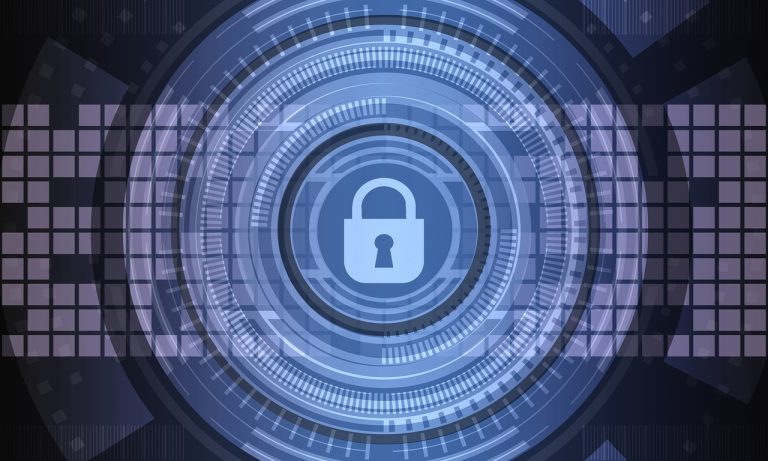

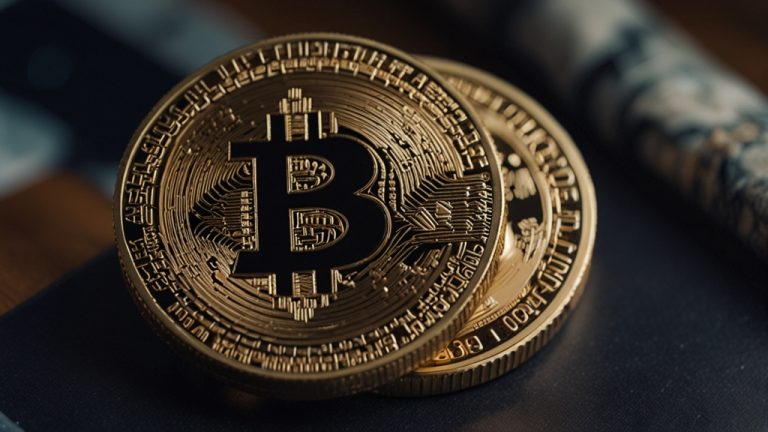

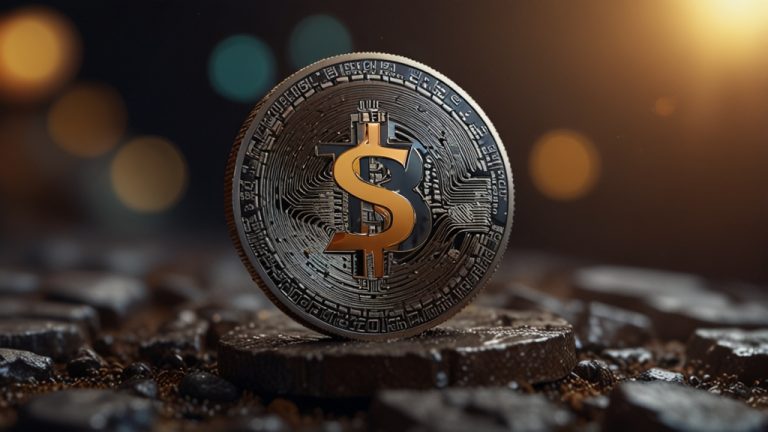
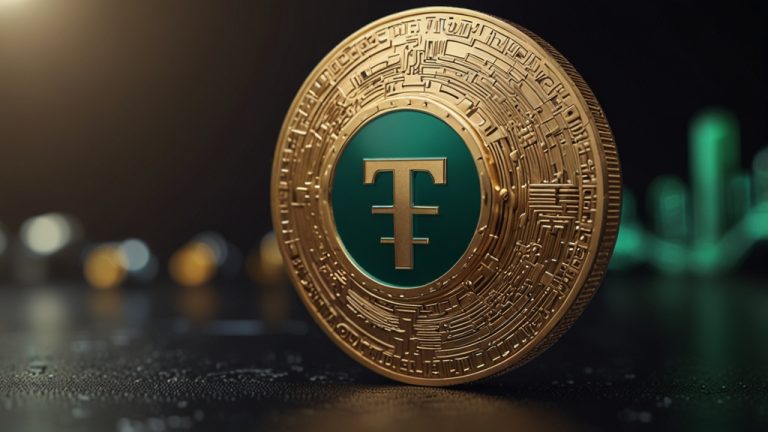
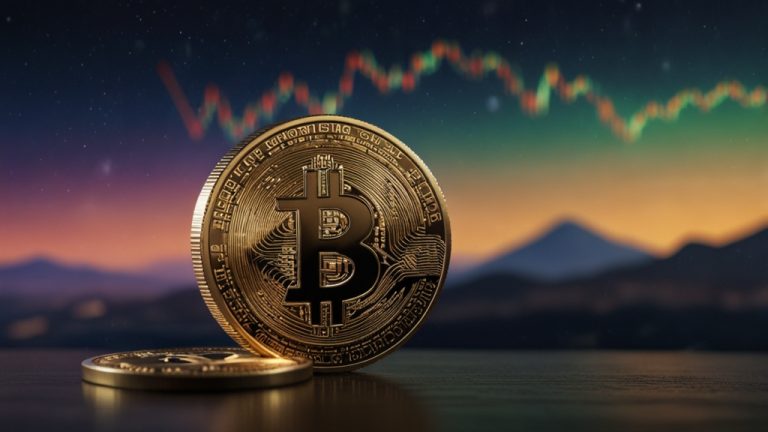


 Bitcoin
Bitcoin  Ethereum
Ethereum  Tether
Tether  XRP
XRP  Solana
Solana  USDC
USDC  TRON
TRON  Lido Staked Ether
Lido Staked Ether  Cardano
Cardano  Avalanche
Avalanche  Toncoin
Toncoin